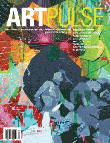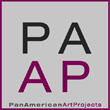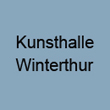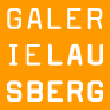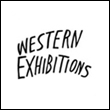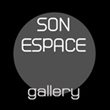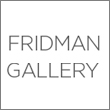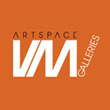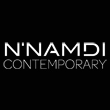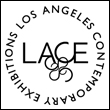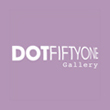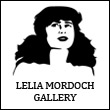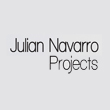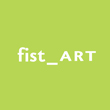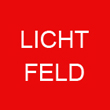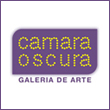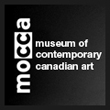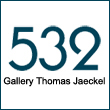« Reviews
Santiago Escobar: Invisibles
Galería Christopher Paschall S.XXI - Bogota
Revealing the Invisible Truth
By Caridad Botella
On an interview with Doris Salcedo posted on the Tate Channel website, the Colombian artist states that “every work of art is political … the nature of art is political.” I doubt this is a universal, trans-historical truth, but it does come very close to the reality of a large number of her compatriots who, through their work, deal with the situation of a country with a long history of social and political violence. They deal with it for themselves and for others; they become part of the reflection upon the conflict; they might even secretly hope that their statements will make a difference. Architect and photographer Santiago Escobar Jaramillo (Manizales, CO, 1979) is certainly one of them. His project “Invisibles,” shown at Galeria Christopher Paschall S. XXI, brings together a series of large photographs, scale models, sculptures, and texts through which the artist attempts to reveal the hidden truth behind power, war, and the national conflict. “Invisibles” also bridges his work as photographer (trained at the London Goldsmith University, Urban Cultures MA) with his background as an architect. By means of conceptual photography, Escobar is the architect of the models and the sculptures and the photographer of all the stories and invisible messages that unfold in his work.
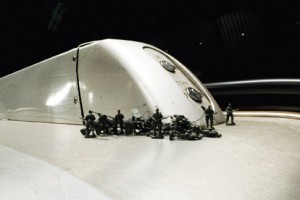
Santiago Escobar, Move on London Berna y el último tren, 2009, digital photography, 59” x 39.” Courtesy of the artist and Galeria Christopher Paschall S.XXI.
Invisible is what happens during the process through which the model becomes photograph, altering the scale and our perception of them both. When confronted with small scale figures, we see them as toys, as anecdotic objects, but when they are enlarged as photographs, their own inner conflict becomes visible: soldiers and civilians are just puppets being manipulated on the account of bigger, so-called higher interest. In a threatening and uneasy way, small becomes big and vice versa, never at our convenience as spectators but at the service of the artist’s mission: to make us perceive what is not there to be seen. It’s all a matter of scale and our perception within it, like Swift’s Gulliver’s Travels, we are forced to consider our position and that of others in an exercise of empathy. With toy figures and the rest of the objects used in his work, Escobar stages different scenarios in order to reveal the truth behind hate, violence, and power with the hope that by understanding them, we can construct a better, more equable world. It’s an ambitious and utopian objective but one which lies at the core of his life experience: Escobar’s first contact with photography was in the army where he was commanded to be the events photographer.
At home or elsewhere, this Colombian artist is well aware of what hides behind violence, and his responsibility is to unveil the invisible truth. Especially interesting are the works that result from interventions in different landscapes, photographs loaded with meaning, such as Can you hear us (2007), a toy-soldier’s intervention, Shibboleth: Salcedo’s crack at the Tate’s concrete Turbine Hall in London, or Move-on, Lon-Don, Don Berna y el Último tren (Tren bala) (2008), taken at a London Underground escalator. Ultimately “Invisibles” is about photography’s traditional role as apparatus that reveals the truth; it is about the camera-eye, the machine, being able to see what the human eye cannot.
(March 31 - April 29, 2011)
Caridad Botella is a freelance art and film writer based in Amsterdam.
Filed Under: Reviews

